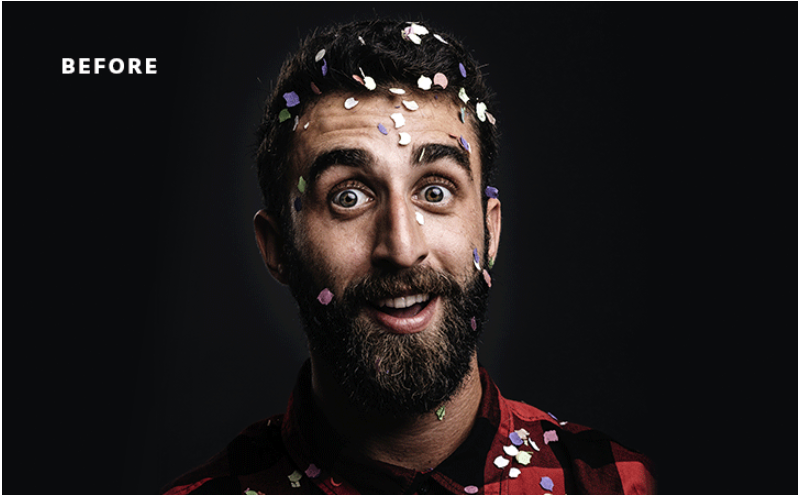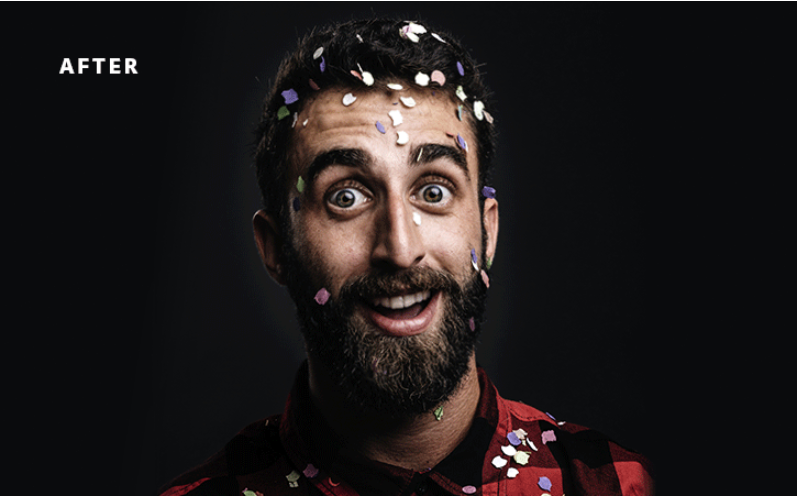When I chose the topic of AI in Design, I was aware that AI was already all around me in ways both known and unknown, but I didn’t realize how much AI already impacted my work as a designer. Adobe Sensei is the AI and machine learning system implemented in all Adobe creative suite products. Adobe Sensei’s mission statement is to “handle the time-consuming parts of your job, so you have more time to be creative”, nothing that “74% of creatives recently surveyed by Pfeiffer Consulting said they spent more than 50% of their time on non-creative tasks — a huge opportunity for AI to help”.
AI and machine learning features from Adobe Sensei include recommended presets, content-aware fill for photos and videos, subject or object selection, character animator, body tracker, anomaly detection, sky replacement, neural filters, and many more. One feature that I found particularly baffling is the face aware liquify mode in Photoshop, which detects facial features and allows you to manipulate individual parts of the face, widening a smile, raising eyebrows, completing changing a facial expression with an entirely believable result.


Adobe Sensei is also used in Adobe Spark, a program that generates social graphics, webpages, and videos in 20 seconds or less. Once the initial content is created, the user can cycle through different layouts of text, imagery, and other elements, and customize with auto crop and zoom and scale slider to maximize for dynamic graphics. Brands can upload their colours, logos, and assets, and use Adobe Spark to streamline the graphic design process – turning what used to be a 2 day process of creating a social media post optimized for all platforms, into a 2 hour process.
